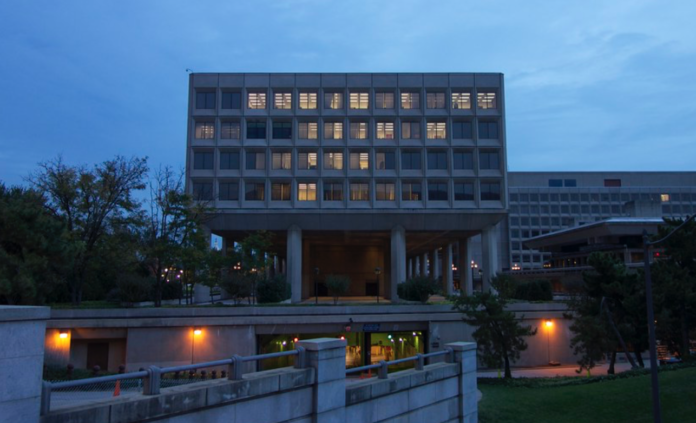The U.S. Department of Energy (DOE) has unveiled two funding opportunities totaling more than $162 million to improve efficiency and reduce carbon emissions among cars, trucks and off-road vehicles.
The funding will support the next stage of the SuperTruck initiatives – aimed at electrifying freight trucking – along with efforts to expand electric vehicle (EV) infrastructure and lower emissions for on- and off-road vehicles.
“Getting to net-zero carbon emissions by 2050 means we must aggressively cut down the largest source of emissions: the transportation sector,” says Secretary of Energy Jennifer M. Granholm. “DOE’s first two SuperTruck initiatives led the biggest truck makers in the U.S. semi market to take massive leaps in fuel efficiency. This new funding triples down on that progress with a push towards electrifying trucks of all sizes, along with efforts to expand EV charging access and develop low-emission car engines.”
Building a clean energy economy to address the climate crisis is a top priority of President Joe Biden – the transportation sector will play a critical role in the effort. Transportation accounts for approximately 30% of total U.S. energy needs and generates the largest share of the country’s greenhouse gas emissions.
DOE’s Office of Energy Efficiency and Renewable Energy (EERE) initially launched the SuperTruck initiatives in 2009 to improve heavy-duty truck freight efficiency by 50%; while the follow-up SuperTruck 2 in 2016 sought to double fuel efficiency for Class 8 trucks. The initiatives attracted the participation of truck makers comprising over 99% of the U.S. truck market. Within seven years, four of them – Volvo, Daimler, Cummins/Peterbilt and Navistar – had exceeded the first SuperTruck goal. The five SuperTruck 2 projects are on track to more than double Class 8 miles per gallon.
EERE’s Vehicle Technologies Office (VTO) and Hydrogen and Fuel Cell Technologies Office (HFTO) are partnering on the SuperTruck 3 Funding Opportunity Announcement (FOA) to offer up to $100 million in funding over four years to pioneer electrified medium- and heavy-duty trucks and freight system concepts that achieve even higher efficiency and lower emissions. The funding focuses on a range of approaches to electrification – all-electric, plug-in hybrid systems using renewable biofuels, and hydrogen and fuel cell technologies.
VTO is also offering up to $62.75 million as part of its “Low Greenhouse Gas Vehicle Technologies Research, Development, Demonstration, and Deployment” FOA for solutions to reducing emissions and increasing efficiencies for on- and off-road vehicles. To accelerate EV adoption, the FOA will support expansion of EV infrastructure and charging, along with demonstrations that can lower barriers to EV adoption.
The application processes will include two phases: a concept paper and a full application. Concept papers are due May 13, and full applications are due July 12. Applicants are required to submit a plan for achieving diversity, equity and inclusion objectives.
For more information, visit VTO and HFTO’s Funding Opportunity pages, the EERE Exchange, and Grants.gov.
“Department of Energy” by Beau Finley is licensed under CC BY 2.0





Your article is remiss in not mentioning the potential of Renewable Natural Gas as the ONLY “carbon negative, near zero emission” fuel. Class 8 trucks today that are using Cummins Westport ISX12N engines and VOLVO FH LNG in Europe are more “carbon negative” than Total Electric Trucks. Production of RNG is carbon negative because of the capture of biogas from organic waste sites and the production of RNG. RNG is a “near zero” emission fuel. You cannot call Total Electric “carbon negative” when you consider the carbon cost of producing electricity with coal or natural gas, the carbon cost of… Read more »